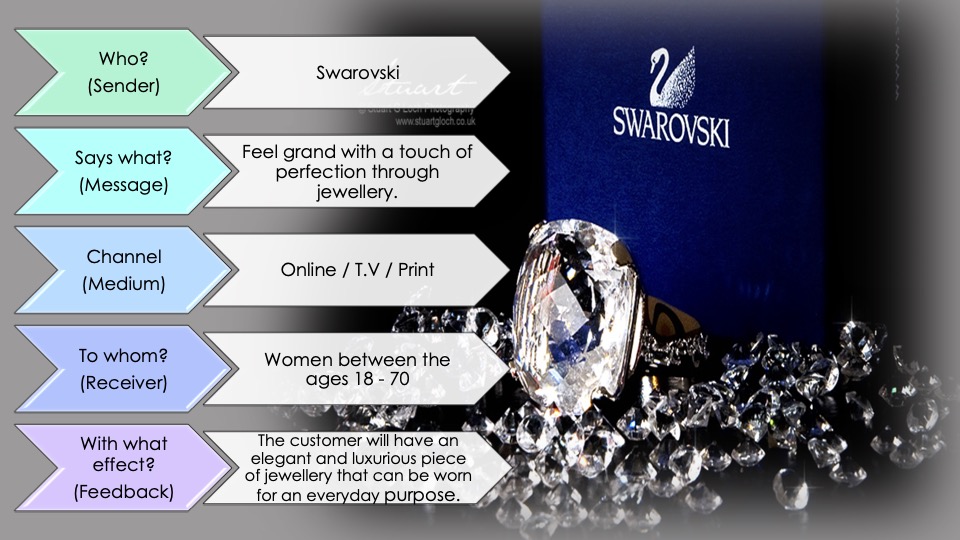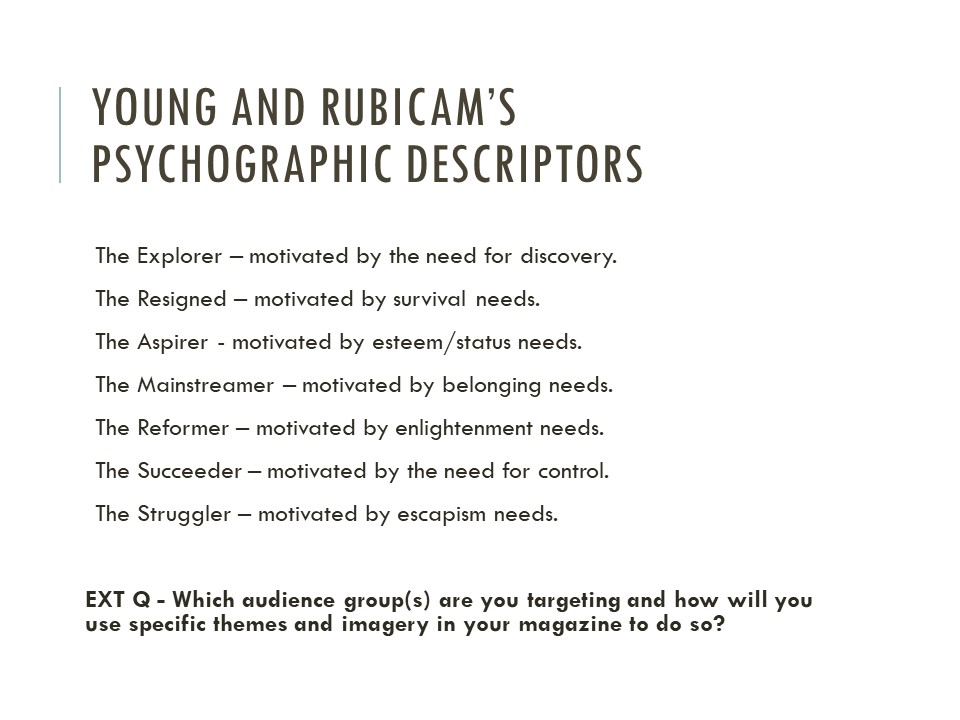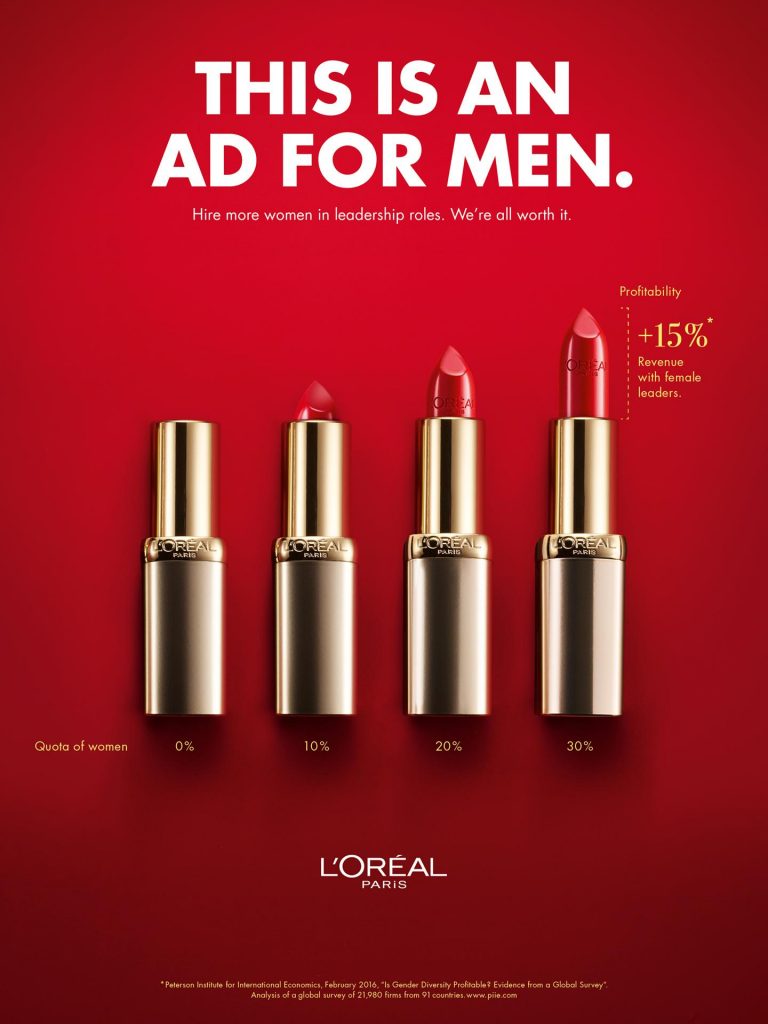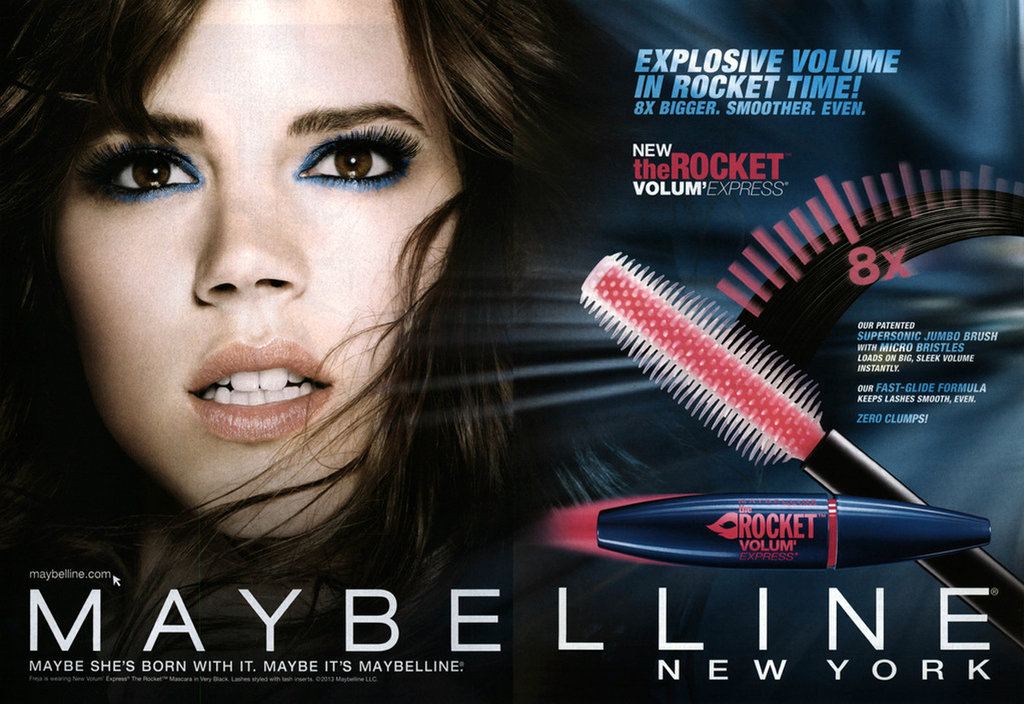Quantitative – Number based approach eg. counting sales, audience stats…
Qualitive – an individual interpretative approach considering why audiences consume or engage.
For example:
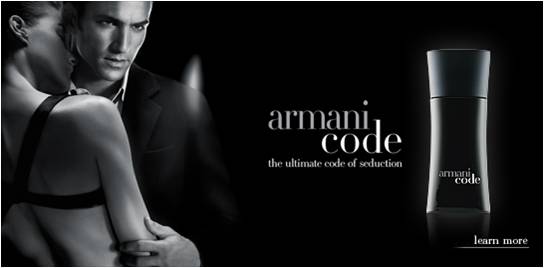
Quantitative: The product is targeted at men around the age of 25 and upwards who belong to any demographic classification above the established middle class. Members who do not fit this criteria may also purchase the fragrance however is not as common.
Qualitative: generates an aspirational audience who are driven by others perception of them.
This is due to Georgio Armani being an expensive, high end brand

Quantitative: Product is targeted to females around the age of 14 and upwards who tend to be new affluent workers or from the technical middle class. Members who do not fit this criteria may also purchase the fragrance however is not as common.
Qualitative: Generates mainstream audiences who prioritise basic needs over the desire for luxury.
This is because Maybelline is an affordable drug store brand
In terms of my Product: Jewellery
Quantitative: product aimed at women, possibly men as well, around the age of 20 and upwards. Consumer mostly comes from the upper and middle classes. Members who do not fit this criteria may also purchase the fragrance however is not as common.
Qualitative: Generates an aspirational audience who tend to be materialistic when it comes to balancing basic needs and the desire for luxury.
This is because my jewellery will be of a high quality and therefore will be more expensive than average high street prices (however also wont be as expensive as high end brands such as Gucci and LV)

